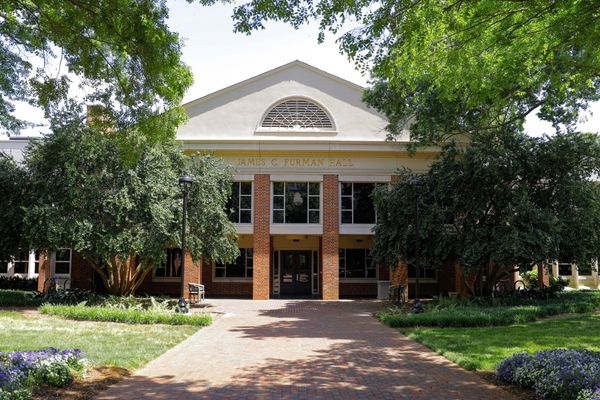To begin to comprehend how institutional racism affects students of color, let's begin by defining our terms:
- Institutionalized - created and controlled by an established organization.
- Racism - a belief that race is the primary determinant of human traits and capacities and that racial differences produce an inherent superiority of a particular race.
Institutionalized racism reveals itself in many different settings. It is especially visible and prevalent in colleges and universities across the nation. In order to understand how this term affects us currently, we must turn to history. In 1896, the Plessy v. Ferguson decision ruled that segregated public areas were legal, as long as they were equal. This failed drastically, and in 1954 the Brown v. Board of Education overturned the previous ruling.
That same year, a brave and extraordinary young girl was born. Her name was Ruby Bridges. At 5 years old, she was one of the few students in Louisiana who passed “entrance exams for African American students” to attend all white schools. One may think this was a great opportunity, however, Bridges faced many racial slurs and threats. For example, one lady held up a baby doll in a coffin when she was going into school. This historical discrimination influences how black students think and feel while at school. How can one ever be expected to perform at the same rate as any white student when facing these issues?
Bridges was one of many who was able to pave the way for students of color in the white American school system because she was able to overcome the injustices previously mentioned. Black students during this time faced an extreme form of institutionalized racism that prevented their success in the classroom. As people at that time made very clear, students of color were not welcome in the classroom with white students. Although the law said that students of color could integrate with white students, these institutions were made and catered to white children. Despite being allowed in these schools, implicit influences ran rampant in the minds of white students and teachers. This in turn influenced the actions they took towards black children. While professing that we were all equal, Americans looked down on people of color and stripped them of their humanity.
Now, fast forward to 2020, 66 years later, and the American education system is still connected to the racial turmoil that plagues our country. Students may not be shown coffins when entering schools, but many students of color face a multitude of issues. These include being called racial slurs, white students dressing up in blackface or as gang members for parties, schools allowing students to promote racist imagery, specifically the confederate flag, and many more that hurt to even say. Despite all the pain and offensive remarks, institutions still expect students of color to perform at the same level as white students, while some, though not all, white students continue to perform offensive actions towards minority students. In sum, the odds are always stacked against students of color.
In addition to these institutions being built for white students, we must also account for how current white students have parents, grandparents, aunts and uncles who have college degrees and exposure to a system that gives them superiority and priority access at the institutions we attend together. Many students of color may also be first generation college students and are having to figure things out alone at an institution that isn’t built to help them achieve their dreams. As a result, minority students don’t necessarily have the privilege of knowing how to fill out financial aid, seek outside scholarships, or purchase affordable textbooks. The privilege of a system that works in white students’ favor allows them to focus on more fun things such as study abroad rather than having to focus on survival, which is the reality for many students of color. In short, survival is the constant battle to feel accepted and comfortable at a place where many people don’t look like you.
These harsh realities rear their ugly head at Furman too. In 1964, Joseph Vaughn was the first Black student to step on to Furman’s campus. The Furman University website states that he faced “stress and loneliness.” Can these words alone accurately reflect Vaughn’s experience at Furman based on the brief history given thus far? If anything, “stress and loneliness” was the bare minimum of his experience. Fear, rejection, animosity, scrutiny and pain are just a few emotions I am sure he felt while he was here.
Furman is a unique place because it was not only built for white students, but it is a private institution that was supposedly built on Christian values. These additional layers of exclusivity create many other challenges for black students that are embedded within the institution’s framework. Even within the last 10 years, Furman offered a “Legacy Scholarship Program,” which automatically gave legacy students $5000. Essentially, with Joseph Vaughn being the first student of color to enter in 1964, that means there were generations of white students who had better access to funds compared to any person of color.
We must realize that our institution has much work that needs to be done in giving better access to students of color. By lifting up white students more than students of color, institutions like Furman continue to widen the gap between the two, forcing students of color to stay at the bottom of the institution. Even though the University has made some steps to combat these issues, it’s not enough; we as an institution must intentionally support our students of color through financial means, culture and mental well-being on a regular basis. Actions must not only happen when someone dies, or the country goes up in flames. It must happen now, or another generation of students of color will trail behind and continue to lack the necessary resources to succeed in our divided society.
